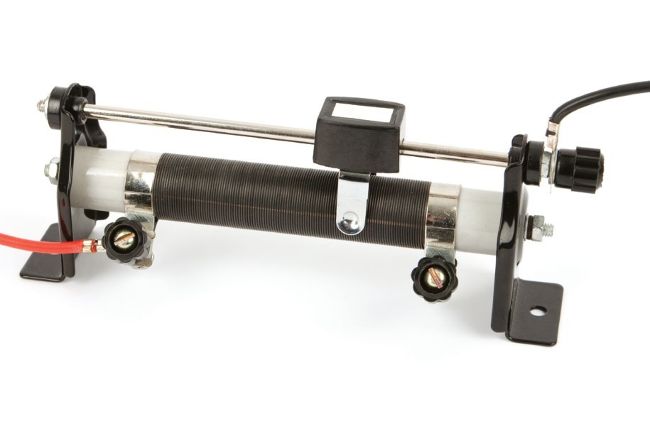CONTROLLING CURRENT FLOW

The word ‘rheostat’ comes from the Greek ‘rheos’, meaning flowing, and ‘stat’, meaning ‘regulating device’
When you’re studying electrical circuits at school, a rheostat will likely be close to hand. These devices are variable resistors that can alter the flow of an electrical current through a circuit. The device utilises a principle of physics called Ohm’s law, which outlines the relationship between resistance and current flow. When resistance increases, the current flow decreases, and vice versa. To do this, a rheostat uses a length of wire coiled around a cylinder with a ‘slider’ on top. When placed in a circuit, the current flows through the wire coil and out the other end. However, the slider can be moved to increase or decrease the amount of coil the current has to move through before it leaves the rheostat. This movement translates to the amount of resistance applied to the current. The greater the length of coil the current has to flow through, the more resistance it experiences.